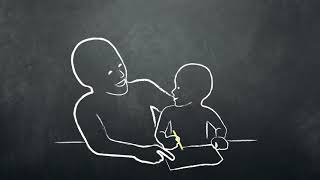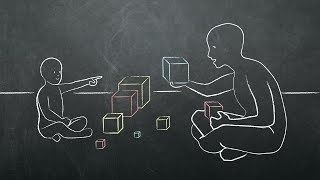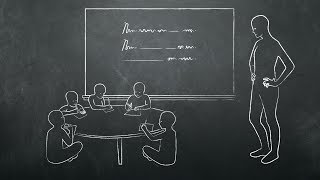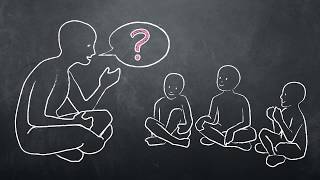Cues and Clues
Teach for Life | Wichita, Kansas
If a student has trouble answering a question, an instructor can use tips, information, or prompting to help them come to the answer on their own. Learn about the two different types of cues and clues and how to use them in a lesson in this video.
Read Transcript
When a student has trouble answering a question, that is the time for “Cues and Clues.” The teacher does not give the right answer, but instead gives some tips, information, or prompting to help the student find the right answer. There are two types: visual and auditory. Some examples of visual cues and clues are: facial expressions, hand gestures, pictures, or objects. Auditory cues and clues are things like telling the student some information, or saying the first sound of a word that will help them find the correct answer. So remember, when a student has difficulty with a question, the teacher can use Cues and Clues that are visual or auditory. By helping the student find the answer, this method builds their confidence.
Help teachers and children
worldwide by sharing how
you teach.
A global movement of people sharing knowledge and learning from each other, to better educate our children and create hope for the world.
A global movement of people sharing knowledge and learning from each other, to better educate our children and create hope for the world.






